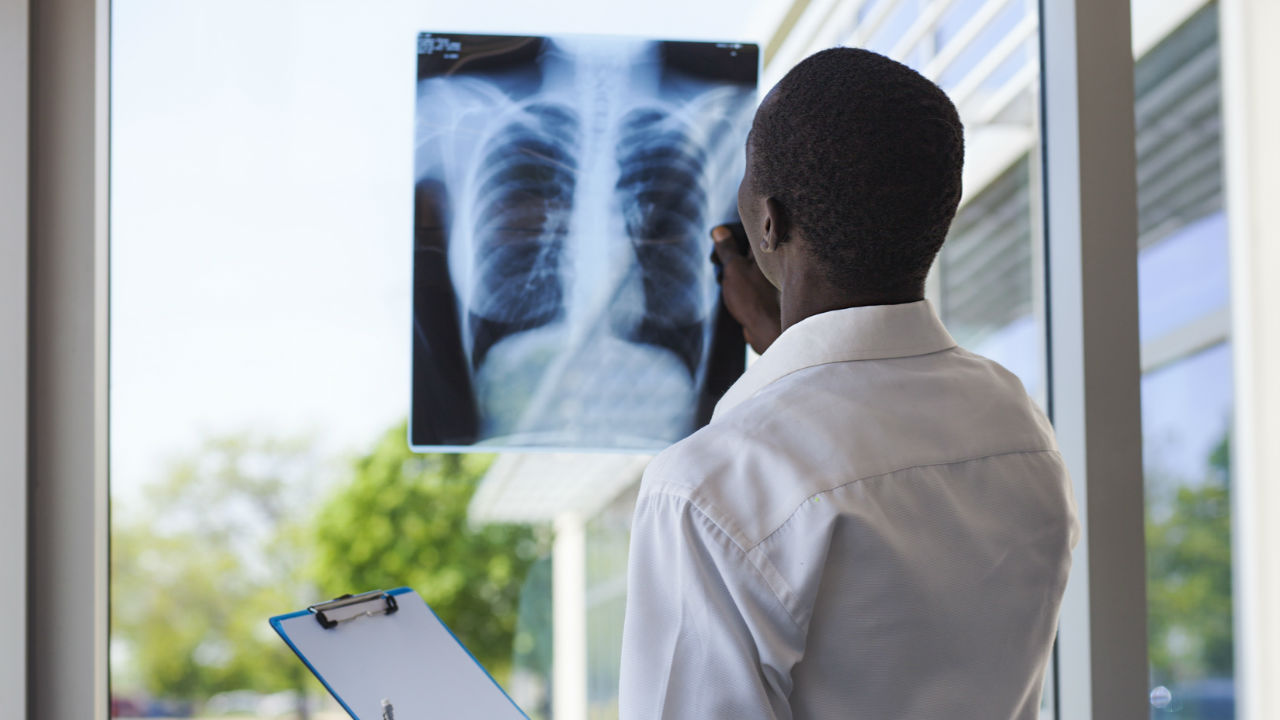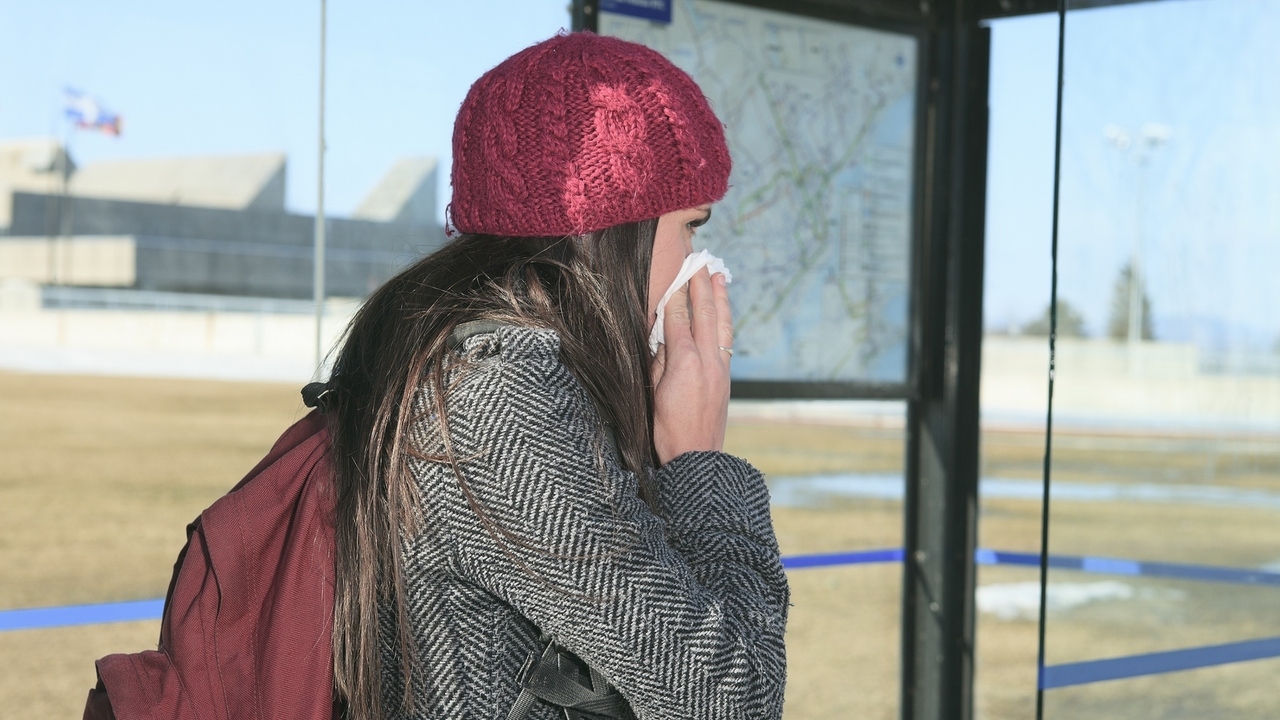What is it?
This oddly named, rare condition resulting from a genetic metabolic disorder causes albinism (lack of pigmentation in the skin), visual impairment, and platelet dysfunction that results in prolonged bleeding. Some forms of HPS include the build up of "ceriod," which is a wax-like substance. This build up is associated with inflammatory bowel disease, pulmonary fibrosis, and kidney disease.
Hermansky-Pudlak Syndrome is "autosomal recessive," which means that both parents have to be carriers for the condition to develop.
The condition earned its name from the two doctors who cared for the first two patients identified in Czechoslovakia in 1959 - Drs. Hermansky and Pudlak.
Who is at Risk?
Interestingly, the majority of HPS cases have been found in Puerto Ricans due to what's known as the "Founders Effect" - those people that traveled to that land from Europe brought the condition with them. It is estimated that 1 in 1,800-2,000 Puerto Ricans have this disease. One in every 20 people in northwestern Puerto Rico are carriers of the HPS1 gene while one in 60 are carriers of HPS3. The disease has also been located in a village in the Swiss Alps, and in people of Dutch, Turk, Pakistani, and Japanese descent.
Although this is a genetic disorder, some people have been known to develop the syndrome without any of the seven genetic defects being present. Researchers are continuing to try to find out why.
Characteristics of Hermanski-Pudlak Syndrome
Albinism
Most people associate albinism with white skin, white hair, and oddly colored eyes. In fact, albinism comes in a variety of forms. Some may have light hair and features, others may have dark hair or may only show the albinism in their eye pigmentation.
Visual Impairment
People with HPS often experience visual impairment as the result of abnormal development of the retina and optic nerves. Some sufferers experience sufficient decreased visual acuity as to be declared legally blind. Many are very light sensitive (photophobia), have crossed eyes (strabismus) and experience involuntary movement of the eyes (nystagmus). All HPS sufferers have nystagmus.
Bleeding
Hermanski-Pudlak sufferers have a platelet defects that means they bruise more easily and take longer to heal from cuts and scrapes. In a "normal" person, the bone marrow is responsible for making the platelets. HPS platelets do not contain the biochemicals necessary to stimulate clotting and stop bleeding. In addition to bruising more easily and longer bleeding periods, HPS sufferers may also experience frequent nosebleeds. Patients with HPS needs to be extremely careful about taking aspirin (ASA), ibuprofen (Advil/Motrin), and other over-the-counter and prescription medications that affect platelet function (blood thinners/blood thickeners).
Inflammatory Bowel Disease
This condition is often mistaken for Crohn's Disease. With IBD, the intestines are covered in sores. Patients usually begin experiencing IBD symptoms (diarrhea, weight loss, cramps, blood in the stool, joint pain, mouth sores and, in more severe cases, gangrene), as teenagers. About 15 percent of HPS sufferers develop IBD.
Pulmonary Fibrosis
Pulmonary fibrosis is a common problem for those with type 1 and type 4 HPS. Pulmonary fibrosis results from the scarring of the lungs, which subsequently affects the lungs' ability to expand and contract. Patients with type 1 or type 4 HPS may begin to experience onset of symptoms in their mid-30s. If the condition remains untreated, death can occur by 45-55. In fact, pulmonary fibrosis is usually the cause of death for those with this disorder. Symptoms include: shortness of breath, inability to exercise, abnormal fatigue, other asthma-like symptoms, chronic dry cough.
Diagnosis and Treatment
Diagnosis of HPS can only be done through a blood test. It is not detectable by standard blood tests. It is important that patients are aware of the characteristics and symptoms so they can ask for the specific test required.
There is currently no cure for HPS. Treatment is focused on managing the symptoms and ensuring the quality and longevity of life for HPS sufferers.
Sources: www.albinism.org; www.hpsnetwork.org; http://rarediseases.about.com; www.en.wikipedia.org






Add a Comment3 Comments
For more information about pulmonary fibrosis please visit our website: www.pulmonaryfibrosis.org Thank you for sharing this information.
Sincerely,
Jennifer Bulandr
February 2, 2010 - 1:21pmDirector of Community Outreach
Pulmonary Fibrosis Foundation
www.pulmonaryfibrosis.org - Join us in finding a cure or treatment!
This Comment
Thanks for covering HPS. I would add that we have an active patient group called the Hermansky-Pudlak Syndrome Network. Our Web site is www.hpsnetwork.org.
January 30, 2010 - 1:26amThis Comment
Thank you for adding that. That site was actually one of my sources for information. I have cited it at the end of the article.
January 30, 2010 - 5:03amThis Comment